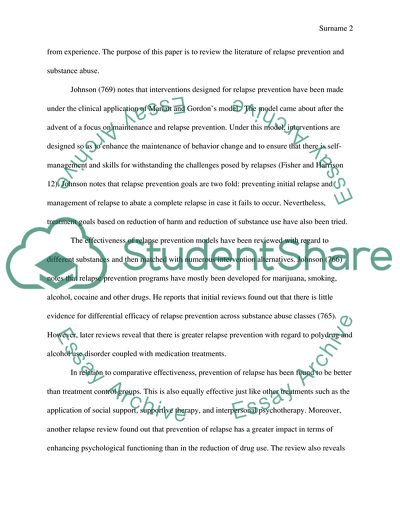Cite this document
(“Relapse Prevention the Treatment of Addictive Behaviors Term Paper”, n.d.)
Relapse Prevention the Treatment of Addictive Behaviors Term Paper. Retrieved from https://studentshare.org/health-sciences-medicine/1773568-relapse-prevention-cognitive-social-learning-model
Relapse Prevention the Treatment of Addictive Behaviors Term Paper. Retrieved from https://studentshare.org/health-sciences-medicine/1773568-relapse-prevention-cognitive-social-learning-model
(Relapse Prevention the Treatment of Addictive Behaviors Term Paper)
Relapse Prevention the Treatment of Addictive Behaviors Term Paper. https://studentshare.org/health-sciences-medicine/1773568-relapse-prevention-cognitive-social-learning-model.
Relapse Prevention the Treatment of Addictive Behaviors Term Paper. https://studentshare.org/health-sciences-medicine/1773568-relapse-prevention-cognitive-social-learning-model.
“Relapse Prevention the Treatment of Addictive Behaviors Term Paper”, n.d. https://studentshare.org/health-sciences-medicine/1773568-relapse-prevention-cognitive-social-learning-model.


